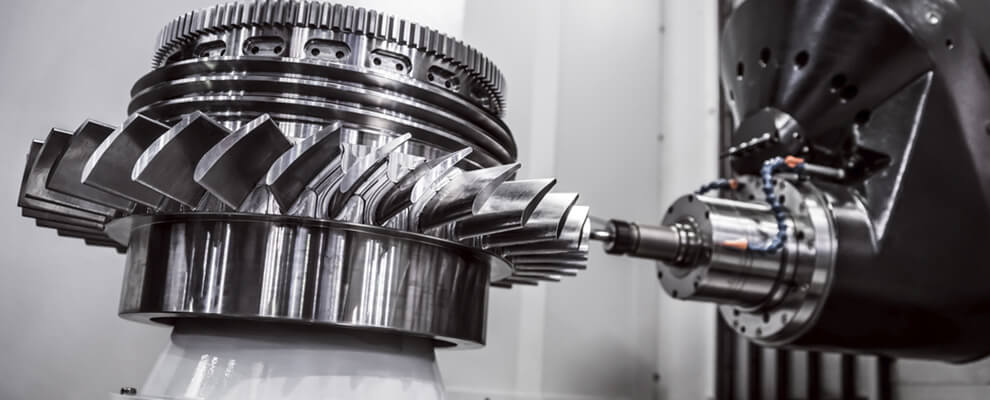The aerospace and defense industry experienced a notable economic recovery in 2022, driven by the growing demand for air travel. As passenger traffic returns to pre-pandemic levels, there has been an increase in orders for new aircraft and military equipment, indicating ongoing growth in the coming year. Now is a great time to look ahead and determine which aerospace manufacturing innovations are likely to affect space exploration in the next decades.

Aero Manufacturing: Innovations for Space Exploration
Advancements in Materials
Additive Manufacturing
Artificial Intelligence
The aerospace industry is embracing AI technology to automate tasks and reduce human errors. AI, along with machine learning and computer vision, analyzes data to uncover patterns and relationships. This helps optimize routes, maximize asset usage, and improve fuel efficiency. AI is capable of tackling complex problems quickly and delivering optimal results.
It plays a crucial role in decision-making during autonomous flight operations. Additionally, AI assists human pilots in creating a favorable environment by combining the advantages of both manned and unmanned maneuverability. By harnessing the power of AI, the aerospace industry aims to streamline operations, enhance safety, and achieve greater efficiency in air travel.
Satellite Technology
Commercial space activities are heavily focused on satellite launches, and this trend is projected to continue expanding in the coming years. The main factors behind this growth are the decreasing costs of launching satellites into space and the increasing demand for geospatial intelligence and satellite imagery. With advancements in technology, satellites are becoming smaller in size, allowing for the launch of pico and nanosatellites on a larger scale.
The demand for global connectivity, especially for integrating the Internet of Things, is another driving force for satellite-based communication systems. Additionally, additive manufacturing plays a crucial role in optimizing satellite production and maintenance, while also enabling in-orbit services. These developments open up new possibilities for exploration, communication, and data collection in space.
Blockchain and Smart Automation
The blockchain improves security by ensuring transparent data management. It uses public-key encryption for robust data protection and creates a network without a single point of failure. This technology also automates access rights and entitlement management, allowing resources to be allocated to other security measures. In terms of supply chain management, the blockchain simplifies the movement of components, equipment, and systems.
It provides a secure and traceable record shared among all participants. This streamlines communication, enhances transparency, and strengthens security measures. By using a shared blockchain ledger, manufacturing partners and customers can quickly reach agreements based on a reliable history of design, changes, test results, and certifications.
Autonomous Flight
Autonomous technologies have gained significant momentum in various industries, including aerospace. The focus in the aerospace industry has been on advancing autonomous flights and ultimately achieving fully human-free flights. Although we are still a few years away from this vision, continuous investments and innovation are driving progress in this direction.
One potential development is reducing the number of pilots to just one, with the eventual goal of transitioning to fully autonomous operations. This shift has already been witnessed in the realm of drones, but adapting and scaling up the technology for passenger planes and longer journeys will require further advancements.
Digital Transformation for Aerospace Companies
Hiring a technology enabler helps your company to become an early adopter and take advantage of all these innovations. At SAAB RDS, we support aerospace companies’ growth, enabling them to leverage emerging innovations in the industry. With a focus on business development, we assist companies in achieving sustainable and profitable growth by offering effective sales and marketing planning and execution strategies.
Additionally, our expertise in capacity building ensures that companies can unlock their full potential. SAAB RDS also excels in maintenance and reliability solutions, implementing proactive workflows and predictive maintenance practices that reduce costs and maximize uptime. Furthermore, we provide technology consulting services, specializing in the design and commercialization of complex engineering systems.
Key aerospace technology inventions such as advancements in materials, additive manufacturing, autonomous technologies, and the utilization of blockchain technology can enhance security and make advanced space exploration possible. If you want to implement these solutions in your aerospace manufacturing business, consider working with a technology enabler. Get in touch with us at SAAB RDS to find out more.
